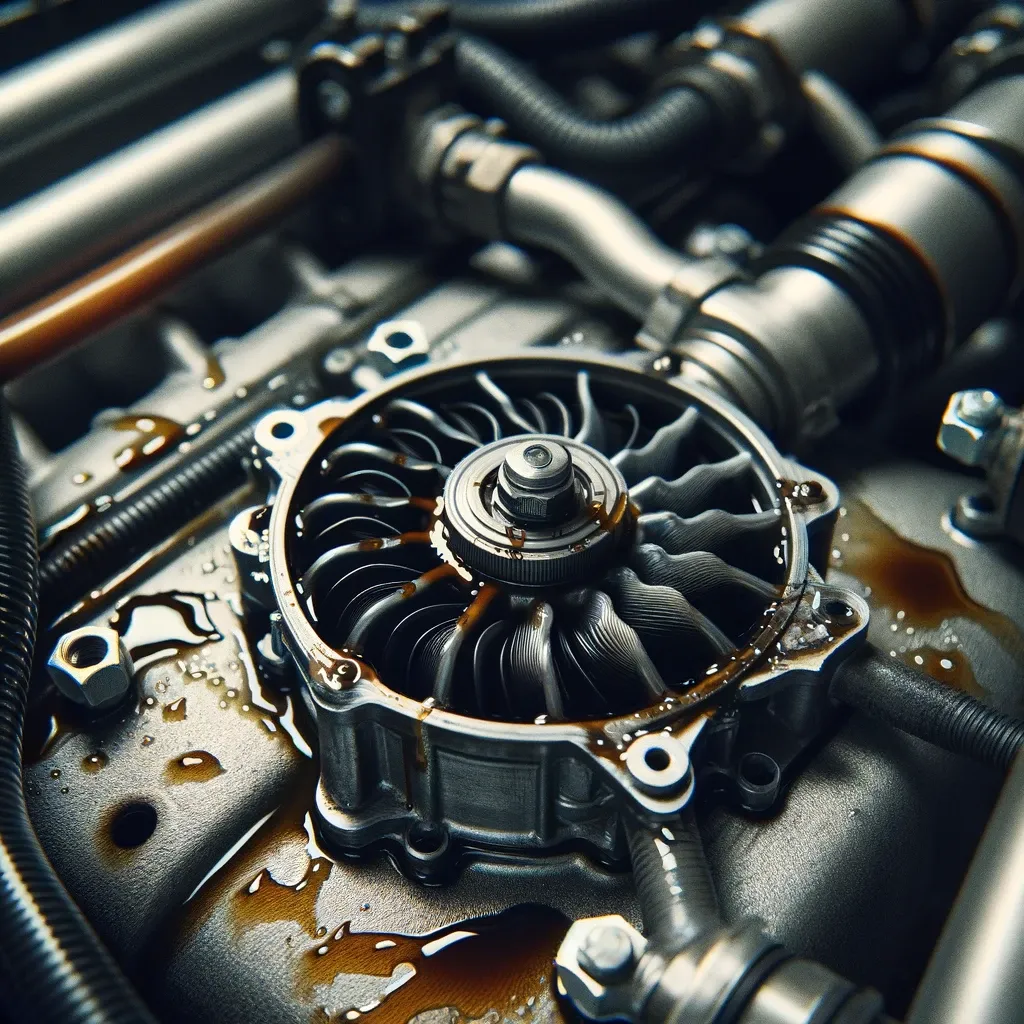Do you have an engine oil fan that’s leaking? Wondering how much it costs to replace or exchange it? Find out the signs, costs, and solutions for your engine oil fan issues in this detailed guide.
Engine Oil Fan Leakage: What to Look For
An engine oil fan plays a critical role in maintaining engine temperature and preventing overheating. However, like any mechanical part, it can suffer from wear and tear over time. One of the most common issues is engine oil fan leakage, which can lead to serious problems if not addressed promptly.
Key Signs of Engine Oil Fan Leakage:
-
Oil Puddles Underneath the Vehicle If you notice oil stains where your car is parked, this could be a sign that your engine oil fan is leaking.
-
Low Oil Levels A decrease in engine oil levels without an obvious external cause may point to a slow leak.
-
Burning Oil Smell If you smell burning oil, it could indicate that leaking oil is hitting hot engine parts.
-
Engine Overheating Leaks can disrupt the cooling process, causing the engine to overheat.
-
Unusual Engine Noises If your engine is making unusual sounds, a lack of oil circulation due to leaks might be the culprit.
The engine oil fan leakage can happen due to a cracked or damaged fan, faulty seals, or even improper installation. It’s crucial to diagnose this issue quickly, as prolonged leaks can lead to more serious engine damage, increasing the repair costs significantly.
👉 Learn more about engine oil fan leakage repair 👈
Engine Oil Fan Replacement Cost: What to Expect
When your engine oil fan starts leaking, one of the first things you may ask is: How much does it cost to replace it? The cost of replacing an engine oil fan varies widely based on factors such as your car’s make and model, the type of engine fan, and the labor rates at your chosen repair shop.
Factors Affecting Engine Oil Fan Replacement Cost:
-
Make and Model of the Vehicle Luxury or high-performance cars tend to have more expensive replacement parts.
-
Parts and Labor Some cars require more labor-intensive work, which can increase the cost.
-
Location Labor rates can differ based on location, with urban areas generally being more expensive.
-
Type of Engine Oil Fan Some vehicles have more complex cooling systems, which might need a specialized fan.
-
Additional Repairs If other parts are damaged due to the leak, the cost will rise.
On average, the engine oil fan replacement cost can range from $300 to $1,000. The part itself might cost anywhere from $100 to $500, while labor can add another $200 to $500. However, these costs can vary depending on the aforementioned factors.
👉 Discover more about engine oil fan replacement cost 👈
Engine Oil Fan Exchange: When and Why You Should Consider It
In some cases, instead of replacing the engine oil fan completely, you might choose an engine oil fan exchange. This process involves swapping your faulty fan with a refurbished one, which can be a more cost-effective solution, especially for older vehicles.
Pros and Cons of Engine Oil Fan Exchange:
Pros
-
Cost-Effective Exchanging your old fan can save you a significant amount compared to a full replacement.
-
Availability Refurbished engine oil fans are often easier to find and may come with warranties.
-
Faster Turnaround In many cases, an exchange is quicker than ordering a new part and waiting for it to be shipped.
Cons
-
Possible Shorter Lifespan Refurbished parts may not last as long as new ones, especially if they’ve undergone significant wear.
-
Limited Warranty Some exchanged parts come with a limited warranty, so be sure to ask about coverage.
-
Compatibility Issues Not all exchanged parts are guaranteed to fit perfectly with your specific model.
The engine oil fan exchange process typically costs less than full replacement, often ranging from $150 to $600, depending on the quality of the exchanged fan and the car’s requirements.
👉 Learn more about engine oil fan exchange 👈
Conclusion
Dealing with an engine oil fan issue, whether it’s leakage or a need for replacement or exchange, can be a daunting experience. However, understanding the signs of a problem, the potential costs, and the various solutions available—like repairs, replacements, or exchanges—can help you make informed decisions.
By staying proactive and addressing any oil fan issues early on, you can avoid costly repairs and keep your engine running smoothly. Always remember to seek professional advice when you’re unsure, and keep your vehicle well-maintained to extend its lifespan.






